Introduction
Every now and then, you acquire a machine that nobody else has heard of. Sometimes, its rarity is dictated by the niche market it was sold in. Sometimes, a high price can dictate how uncommon it is. And sometimes, it’s both: an expensive and niche machine that very few people would ever truly appreciate.
Enter the IBM RS/6000 Model 860. Yes, it’s a ThinkPad version of the PowerPC (RISC-based) IBM RS/6000.
I had been looking for one of these for a very, very long time. Sometime in 2013, I finally set up search alerts on eBay and a few other sites, but it took a few more years before I found one online.
When you first turn this lovely machine on, you are greeted immediately with a brief fanfare from the built-in stereo speakers. The first thing you see on the 1024×768 TFT screen is (as seen in the picture above) an IBM logo with some artwork. On my machine, it then boots into AIX 4.2. Did I mention this laptop is from 1996!?
AIX was IBM’s Unix-based operating system. It was first released in 1986, and is still being updated at the time of this writing. Throughout its lifetime, you would typically find it on servers, although it was on some workstations as well. Very few mobile workstations or laptops were ever produced that used a PowerPC Architecture and ran AIX. (Note that the PowerPC version of Windows NT 4.0 works on the 860!)
(Click thumbnails for larger images)
Specifications
Here are the specs for my machine. Keep in mind, my machine was produced in June of 1996. These specs were unheard of in a laptop back then, and would be high-end even for a full-out desktop workstation of the time.
- CPU: PowerPC 603e @ 166MHz
- Video: 1024×768 (12.1″) – 105 DPI
- RAM: 32 MB built-in (expandable to 96 MB with two 32 MB IC DRAM Cards!)
- HDD: 1.2 GB SCSI Hard Drive
- CD: Integrated CD-ROM Drive
- Input: Three-button TrackPoint, excellent keyboard (IBM Model M6-1)
- Ports: Composite Video In/Out, SCSI 50-pin, RS-232C Serial, Parallel 25-pin, FDD, Stereo Audio Line In/Out, PS/2, 2xPCMCIA Non-CardBus Type II
- Model Number: 7249-860
You’re reading that correctly. A SCSI Hard Drive, CD-ROM, 1024×768 screen, and a Model M Keyboard (albeit very high-quality rubber-dome) in a laptop… in 1996. There was also a webcam option for some of the ThinkPads in the 800-series line, which connected to the top of the screen. In one of my pictures, you can see the “cutout” where the screen bezel separates to allow for this expansion. (Yes, I did say there was an entire line of 800-series ThinkPads; there was also a much more common ThinkPad 850 running at only 100 MHz, as well as an 800 and an N40, which was similar in design to a Tadpole SPARCbook.)
I’m not able to find an exact MSRP or original price for the 860, but the 850 started around $12,000 USD in 1996 ($19,700 in 2019). IBM was “generous enough” to lower the price on the 860 to $7,500 in August of 1997 ($12,000 in 2019). These prices make even the IBM PS/2 P70 blush.
The 860 was discontinued on January 30, 1998.
Public Service Announcement
These older ThinkPads (including the 755, 760, and 770 series… and even the PC110) contain NiMH standby batteries, which corrode over time. These are usually green in color, and are separate from the CMOS/clock battery and main battery. They were intended to allow the user to swap batteries without a full loss of power (similar to the “Power Bridge” concept that Lenovo used for a few years in the mid-to-late 2010s, except these only allowed for battery swapping while in Standby/Suspend mode).
The interior picture you see below shows the condition of the machine when I got it. The first thing I did was remove the standby battery (and main battery, which had not corroded yet). Fortunately, beyond the surface-level damage shown on the CD-ROM drive, there did not appear to be any further damage to traces or other components.
Note: I unfortunately no longer have this wonderful machine, but I would still most likely be able to answer questions about it. I would also be fascinated to hear any stories from people that dealt with one of these back in the day.
Revised on November 29, 2021

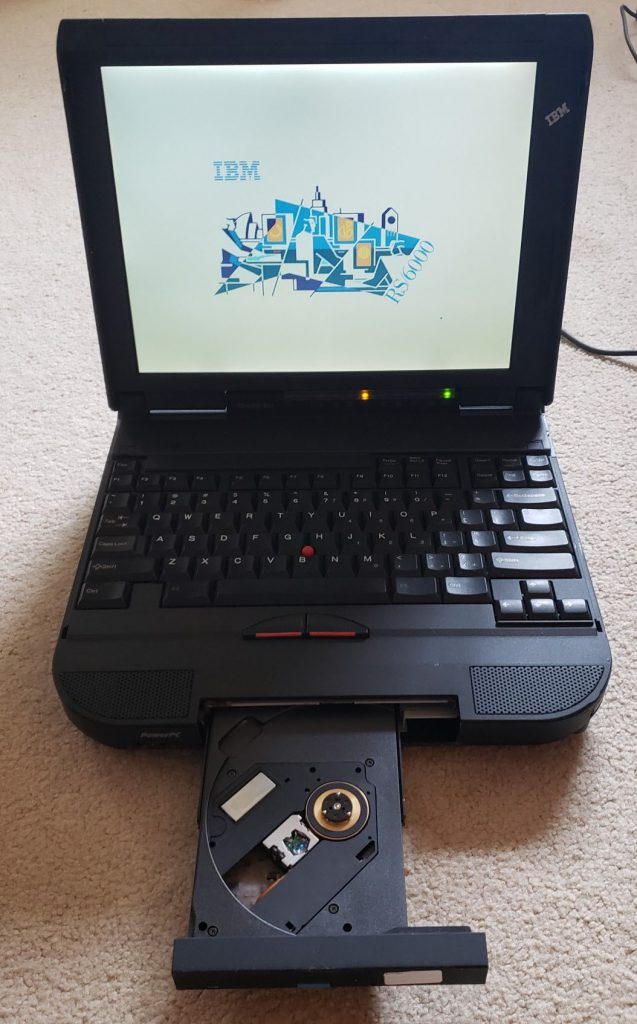
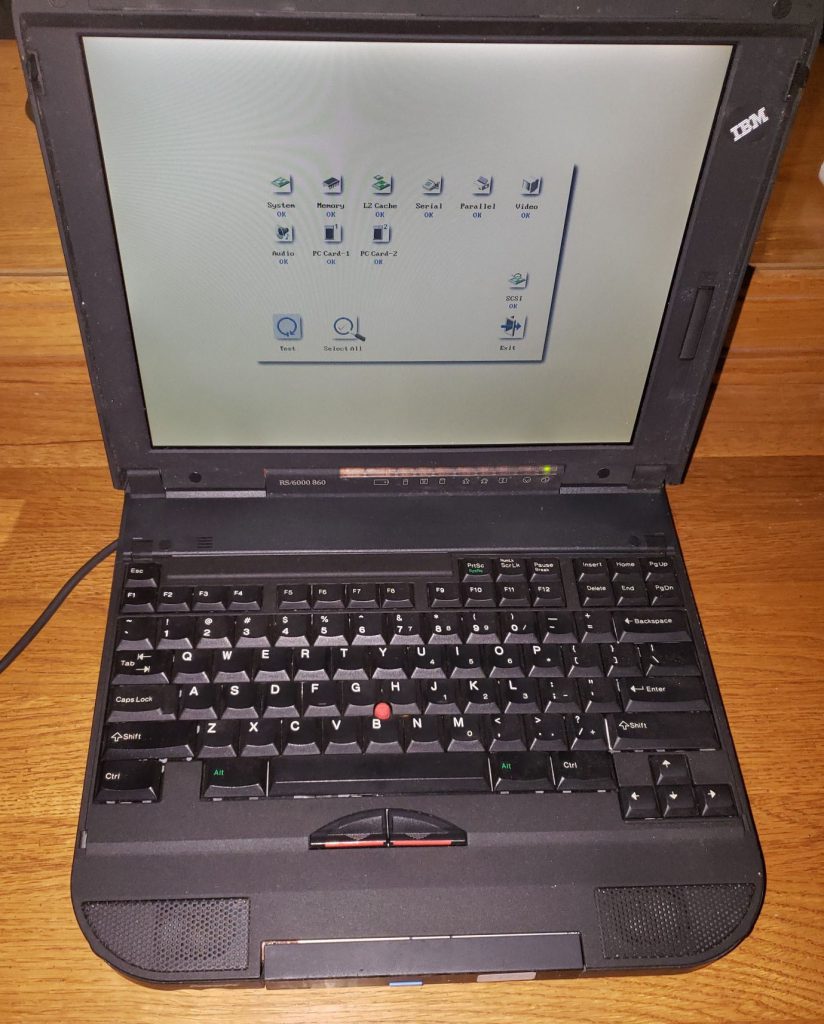
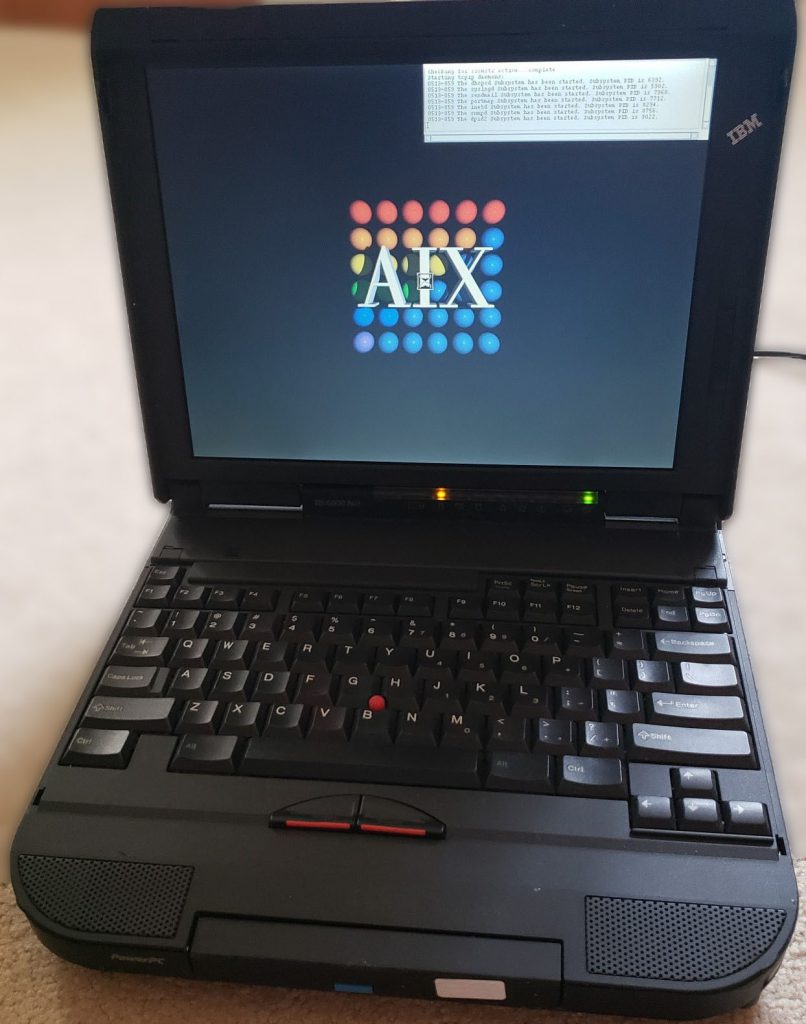
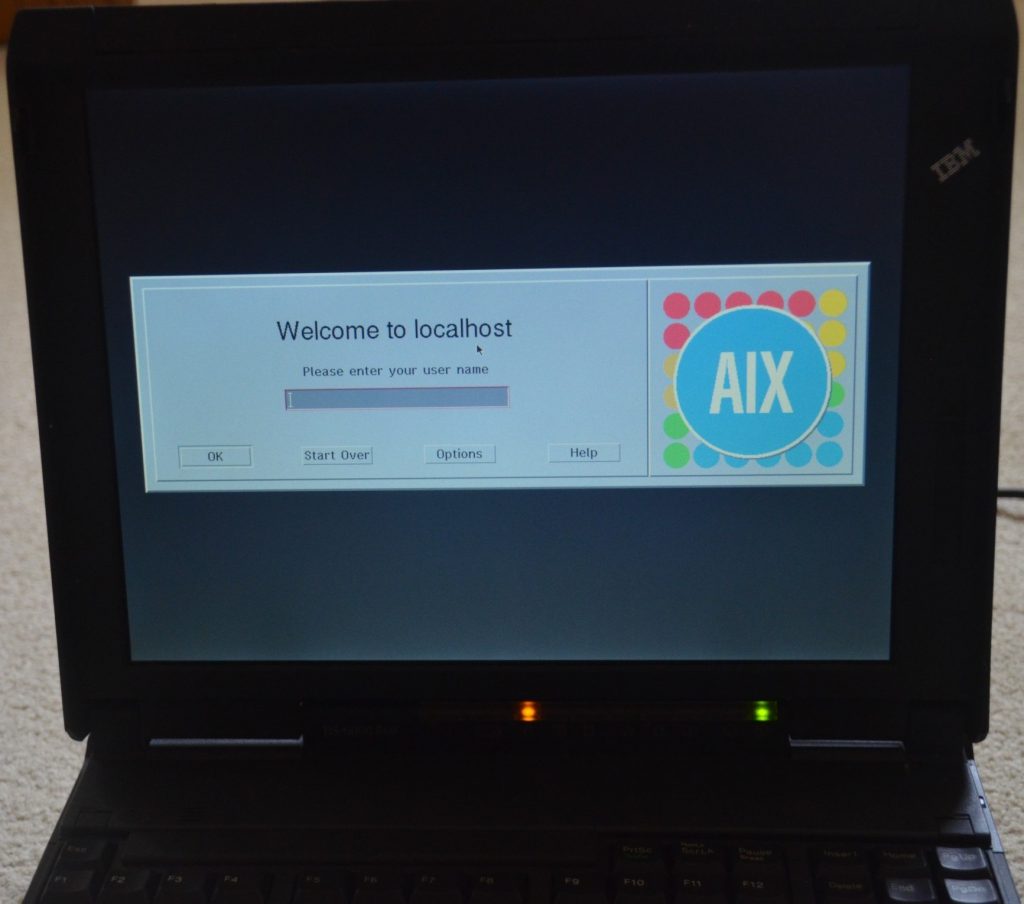
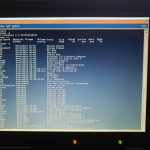
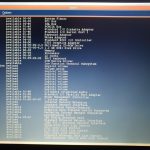
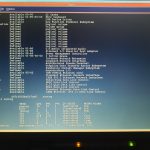
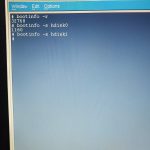
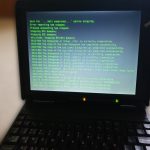
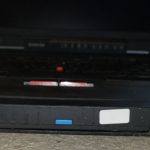
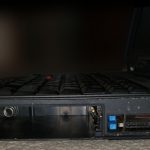
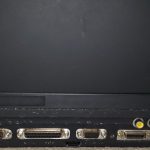
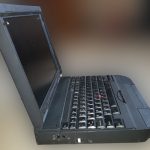
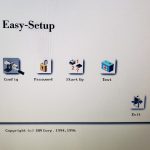
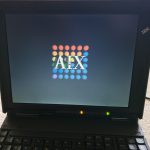
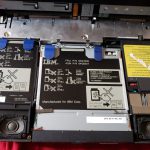
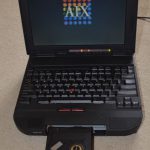
do you know where i can get a power adapter for this beast/beauty?
These use the “4-Pin Hexagon” power connector, the same as the 755/760/365 series of ThinkPads from around the same era: https://www.thinkwiki.org/wiki/Power_Connector#4-Pin_hexagon
Fortunately, these are still readily available on eBay.
Wow!
What a GEM. I’ll explain why the ThinkPad 800 Series is such an important machine in the history of computers. It is a true lost history but some of the history exist if you look hard.
As an IBMer ’93-’08 I had the access to pretty much all of IBM servers (Zseries, AS/400, AIX, PC) machines over the years I worked. I worked on mostly early 64-bit server processors but had to support 32-bit PPC mode for Project Harmony (PPC on TaligentOS). ThinkPad 800 Series were really an unique set of computers for a couple of reasons.
Certain influential IBM managers had this crazy IBM eccentric view of the PC/Workstation world back in ’94. Seriously I thought it’s just nuts even back then as a paid employee. The whole world will be switching to PPC on TaligentOS (Project Harmony) and run AS/400, AIX, OS/2, Windows, and MacOS personalities. When TaligentOS died IBM just replaced it with IBM WorkPlace OS which was Mach BSD kernel and personalities ( but without MacOS and Solaris added).
This was the design input for Thinkpad 800 series. Run AIX, Windows, DOS, OS/2, Solaris and MacOS applications all together at full speed no emulation.
Obviously as it became very apparent the TaligentOS was no where the Thinkpad 800 Series plan was to support all modern OSes, so AIX, Windows NT, OS/2, Mac OS (yes not joking) and Solaris.
This was not crazy move as all OSes including MacOS were already running natively as it was in scope to make TaligentOS delivery. At last time I was in that testing lab only two custom firmwares were needed MacOS and Solaris. All the other OSes ran fine from open firmware in the lab.
Net result for Thinkpad 850 release – Windows NT, AIX, OS/2 (based on WorkPlace OS) and Solaris all were supported.
Now I sure wish I had a copy of the custom MacOS firmware to boot the PPC Thinkpads. I seem to recall IBM was asked by Apple not to copy or distribute it as MacOS toolbox was needed in the custom firmware.
Anyway of note Apple was largest purchaser of Thinkpad 800 developer laptops and justified the cost of both the Thinkpad 850 and Thinkpad 860 creation. AIX team certainly did not pay. Pretty clear they used them in Apple labs at least early on for their future open firmware. No one else on the planet outside of IBM and Apple bought more than few PPC Thinkpads.
By the way below are details I found elseware:
Check page 60 and read on for the IBM plan which looks all accurate to me:
https://vintageapple.org/byte/pdf/199404_Byte_Magazine_Vol_19-04_First_PowerPCs.pdf
from OS/2 Museum:
http://www.os2museum.com/wp/ibm-power-series-exotica/
http://www.os2museum.com/wp/ibm-thinkpad-power-series-850/
Power Series 440 (aka RS/6000 40P)
http://www.ibmfiles.com/pages/powerseries440.htm
On a final note many of original IBM Thinkpad 800 (PPC 603) were sent to IBM labs as they made great debugging aids for any AS/400 or RS/6000 development servers especially early in the design where the service processor was not functional. I had one of these original Thinkpad 800 development machines from ’94-0X?’ as it was much easier to carry in bag with al right tools and versions then wheel around than an RS/6000 with monitor on a cart and worry it right tools/versions for debug.
Thank you for the very informative and well-written post!
I knew the 1990s were a wild time for technological experimentation, but it’s always fascinating to see it through the eyes of IBM, who (apparently unfazed by the PS/2 debacle) continued to push for dominance in the market, in often-quixotic ways. The confusing thing is how late IBM was pushing for this – in 1988, you had the Wild West of computers and architectures, but by 1995 it was fairly clear that “everyone” was standardizing on Intel/Windows. I didn’t realize the 800 Series ThinkPads were originally planned to run Mac OS, especially since I remember Mac OS being relatively unpopular for non-desktop-publishing professionals at that time (due to price, incompatibility, etc. if nothing else).
Regarding the AS/400, it’s worth noting that I still knew of several local businesses running one well into the mid-2010s! I imagine they spent a lot on the initial rollout, and didn’t want to retire them any earlier than necessary – but even 20 years of use for a $1-2 million investment seems reasonable, and these were pushing 30 years. In general, though, I noticed a push by the early 2010s where corporations increasingly avoided vendor lock-in, especially as more things became abstracted and virtualized. This, of course, is also around the time I noticed the CRT/keyboard/mouse/computer carts you mentioned (we called them “crash carts”) begin to disappear. At that point, most guest machines were virtualized, and host machines had remote KVMs/access cards coming into vogue. It seems like, with the possible exception of AI, changes like these have slowed way down in the last 10 or so years.
I have just been lucky enough to rescue one of these lost gems from the scrap heap. No power supply and a dead battery, so I have no idea what may be installed on it. Off to eBay to find a power supply!
Hello, I am fortunate enough to own the 860 but my hard disk is too small to compile and run any modern linux or have convenient access to transfer files to the unit. Can you help me on directions to get emulated SCSI drives to work? Or perhaps anyone that experimentented before? It seems the machine has a fairly standard 2.5″ SCSI2 interface